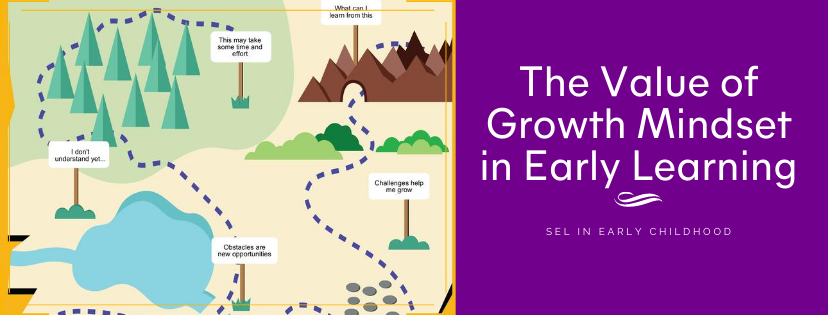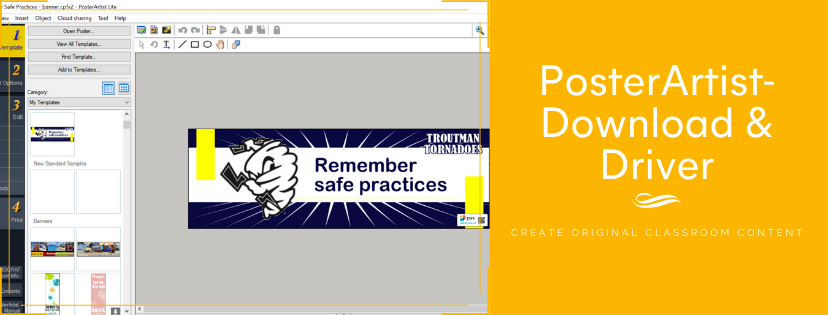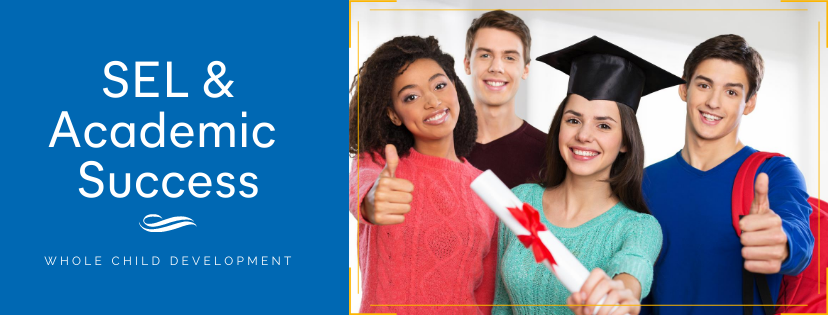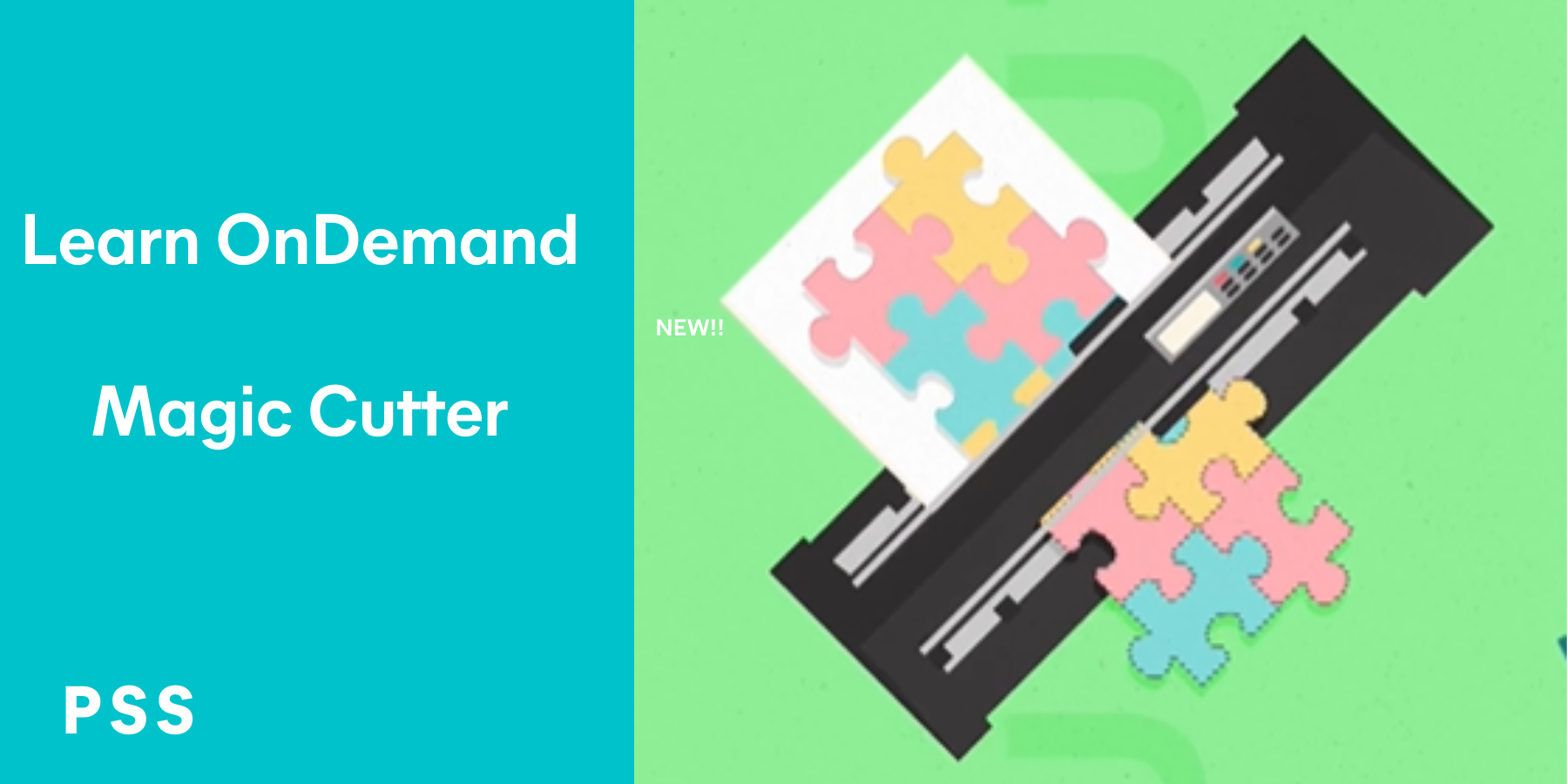As educators and parents, it’s extremely important to establish a positive foundation during the early years of child development.
As the common saying goes, “the earlier, the better.” When a child’s learning and development is supported by effective experiences between the first three years, they are projected to have better outcomes later in life. Preschool and elementary students continuously discover their skills daily. With having to adjust learning formats today, it’s crucial for educators and younger learners to adapt to such transition in the way that best suits their specific needs.
Children might miss playing with their friends, have difficulty understanding why school is now at home or need additional help with virtual learning skills. This is where the growth mindset merges as a useful indicator of social-emotional learning and development. Despite the obstacles faced during this pandemic, PSS still believes that educators and families can foster opportunities for children to grow. Here’s why this approach is highly valued:
In early learning, having a growth mindset will encourage children to be creative, problem-solve and give every child the confidence needed along the journey. According to the CASEL Guide: Effective Social and Emotional Learning Programs, “the five sets of SEL competencies are important from very early in life but are especially relevant as children begin to spend time with adults outside the home and to socialize with peers.” Early learning educators are encouraged to incorporate consistent and engaging activities for children, while enhancing a variety of social-emotional skills.

There are a few ways to promote the growth mindset for each child:
Give children the opportunity to “fail and fix” their challenges, the time to use the materials in their own way and appropriate measures to take risks. You can observe each child/student’s interaction throughout the day, including when he/she plays with friends. Not only does this promote a strong classroom community but children will apply the skills in real-life situations and recognize such skills in a variety of settings (CASEL).
Watch this video to see how the growth mindset looks in a classroom!
(Source: Edutopia)


.png)

.png)
